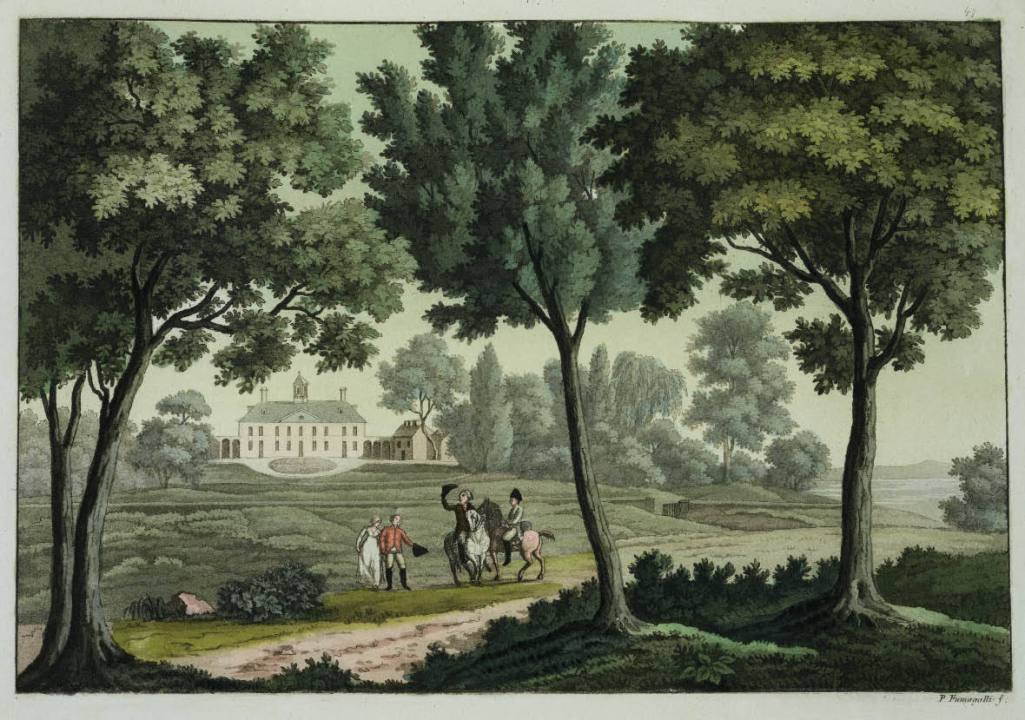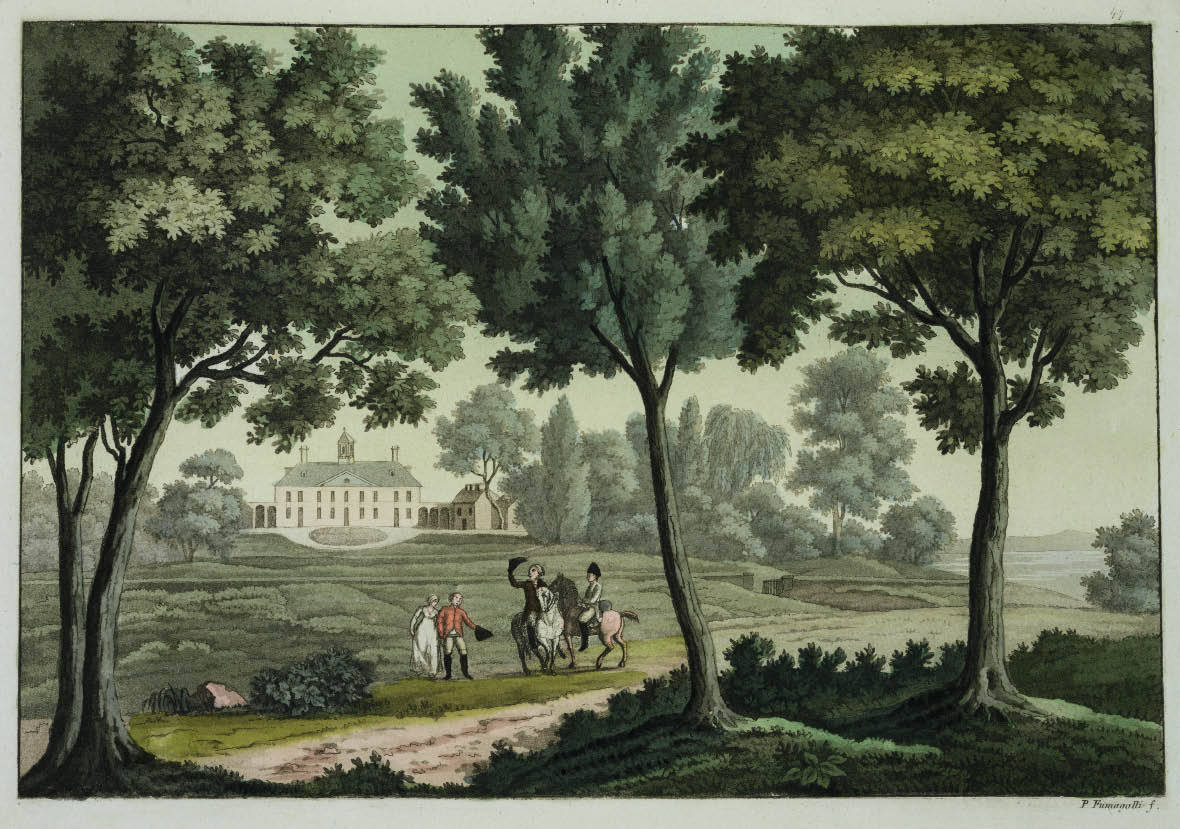Every schoolboy knows the story of six-year-old George Washington taking his ‘little hatchet’ to his mother’s prized cherry tree.
Every schoolboy knows the story of six-year-old George Washington taking his ‘little hatchet’ to his mother’s prized cherry tree. Less well known is that in later years he more than made up for this childish piece of vandalism by planting thousands of trees on his estate at Mount Vernon. Gardening became such a passion that even while defending Manhattan against the British in July 1776 Washington found time to work on planting schemes.
It was a passion shared by several of America’s other founding fathers, including the three presidents who followed Washington in office: John Adams, Thomas Jefferson and James Madison. In this fascinating and well-researched book Andrea Wulf shows that gardening was not simply a gentlemanly pursuit for these men, but was politically and philosophically bound up with their notions about creating a new country.
Wulf even argues that ‘it’s impossible to understand the making of America without looking at the founding fathers as farmers and gardeners’. Having thrown off the yoke of British colonialism, America needed to become self-sufficient, and the notion of a society in which everyone had their own plot of land was enormously attractive. Bad farming practices meant that much of the land already in cultivation in Virginia (where three of the founding fathers had large estates) had been exhausted by tobacco monoculture, and Washington devoted both time and land to experimenting with new crops. The initial split among the founding fathers into what would eventually become Republicans and Democrats was essentially an argument between the agrarian vision of Jefferson, the country’s first secretary of state, and the mercantile one of its first secretary to the treasury, Alexander Hamilton. Similar arguments surrounded the design of the nation’s capital, Washington DC.
These gardener-politicians were as much interested in the decorative aspects of horticulture as they were in agricultural necessity. Jefferson and Adams had taken time off from crucial trade negotiations in London in 1786 to make a garden tour of England. They took back to America the attractive principles of Wooburn Farm in Surrey and The Leasowes in Shropshire, early examples of the ferme ornée which combined agriculture and horticulture, utility and aesthetics, into a harmonious whole. It was Washington himself who created the first ‘truly American’ garden: Mount Vernon was befittingly ‘a radical departure from the traditional colonial plots’, planted exclusively with native species. Similar plantings took place at Jefferson’s Monticello, Madison’s Montpelier, as well as at Adams’s more modest farm at Quincy in Massachusetts, where the crown imperial (Fritillaria imperialis) was banned because ‘it bears too monarchical a name’.
Wulf is nevertheless alert to the irony that these fervently patriotic gardeners often had to rely upon books and practical advice, and occasionally even garden managers, from hated England. Madison got round this unfortunate necessity by employing a Scottish gardener who had ‘the advantage of having been trained in the English landscape tradition without actually being English’. Nor does Wulf sidestep the awkward fact that three of these champions of personal liberty relied upon slave labour to create their Edens.
Uniting the 13 original states into a cohesive whole proved rather more difficult than cultivating native trees and shrubs as an expression of that ideal. When the Constitutional Convention of 1787 reached an impasse, some of the delegates set off to visit the garden of the great American nurseryman, John Bartram. An escape into the fresh air after hours spent wrangling in the State House’s stifling East Room was undoubtedly therapeutic, but Wulf goes on to speculate that, having seen in Bartram’s garden how ‘the manifold flora of each state thrived together, their branches intertwined in a flourishing horticultural union’, the delegates were inspired to resolve their differences when they returned to Philadelphia.
This seems perhaps a little fanciful, and Wulf’s enthusiasm for her subject and her determination to make her case occasionally leads to repetition of material which an editor ought to have spotted and eliminated. Even so, The Founding Gardeners is genuinely illuminating, illustrated with a wealth of compelling detail and well-chosen quotations from personal correspondence, and provides succinct accounts of both the founding of America and some of the country’s earliest and most spectacular gardens.







Comments